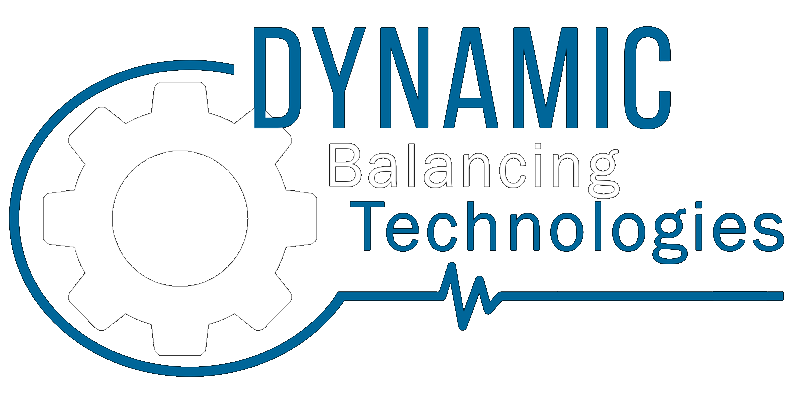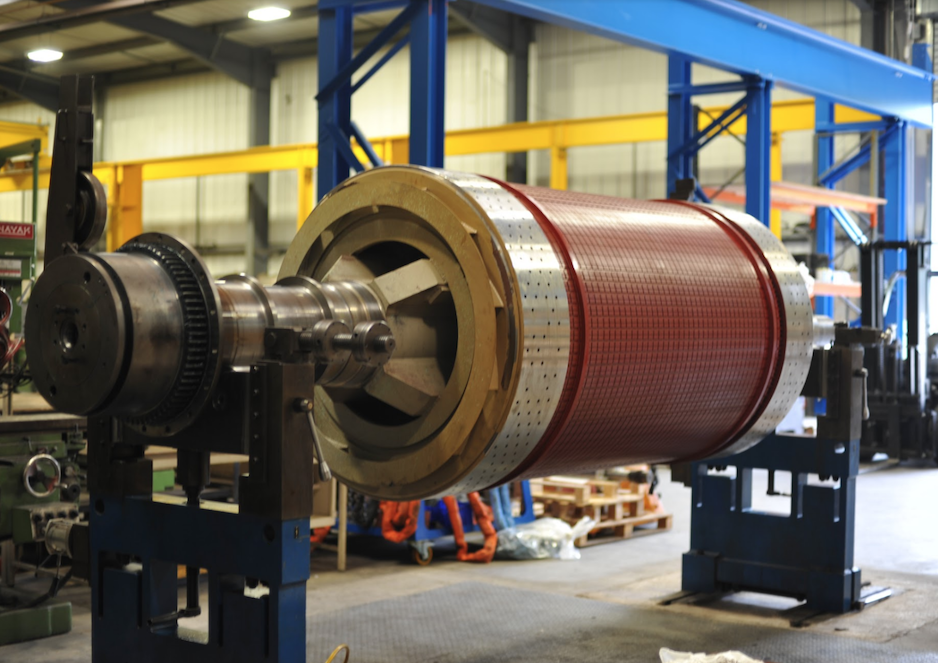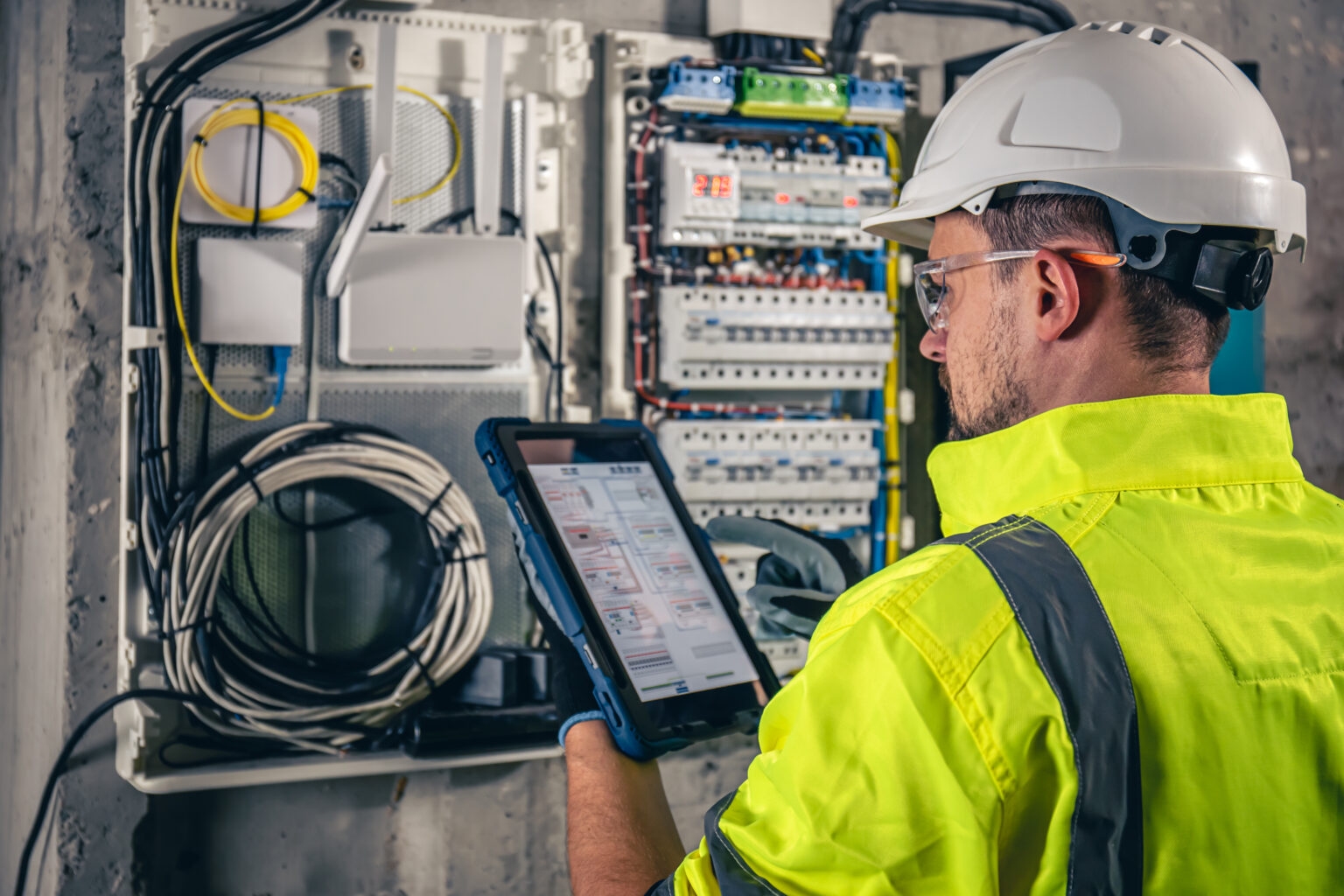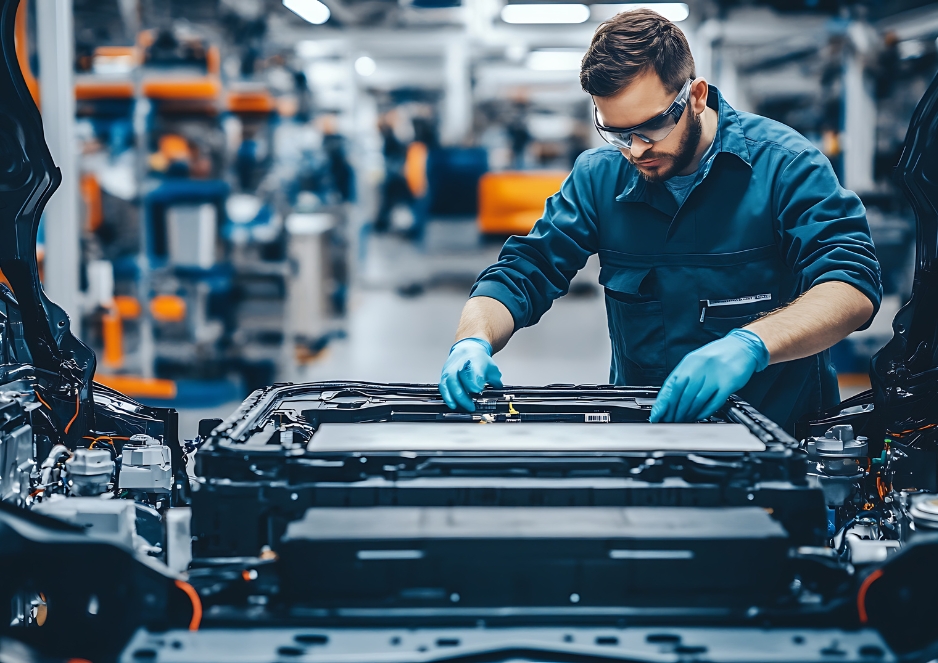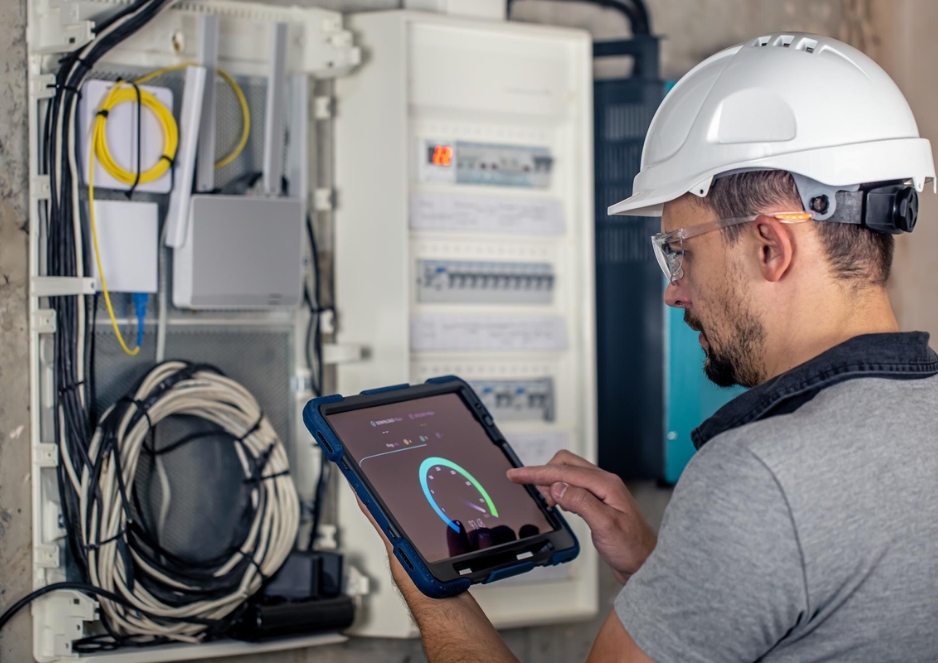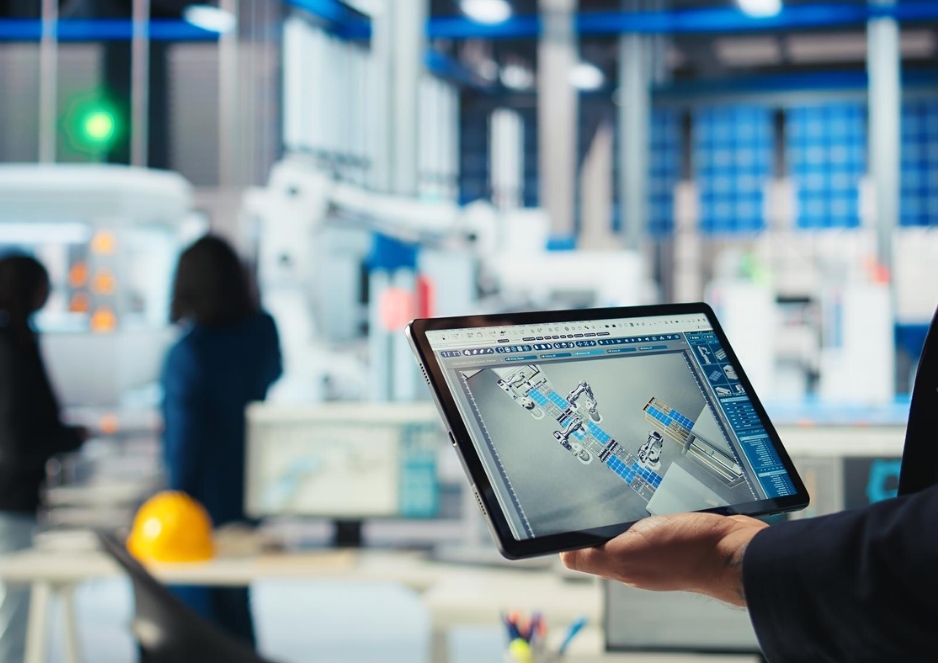At Dynamic Balancing Technologies, we believe that vehicle performance, safety, and longevity all begin with a foundation of balance. For drivers and fleet operators in Grand Rapids, Michigan, where road conditions frequently fluctuate due to weather changes and wear, the need for accurate, real-world balancing is crucial. While many vehicle owners may be familiar with traditional or static balancing, few realize the profound difference that dynamic balancing can make—not just in how a vehicle drives, but also in how long its tires, suspension, and other vital systems last. This article examines what makes dynamic balancing so effective and why it outperforms older static methods, particularly in demanding driving environments like those found in Grand Rapids.
Dynamic balancing is a sophisticated service that corrects imbalances in rotating vehicle components by simulating real driving speeds and conditions. Unlike traditional static balancing, which only corrects weight distribution in a single plane, dynamic balancing evaluates the complete rotational dynamics of a component while it’s in motion. This enables our technicians to precisely detect and correct both vertical and lateral imbalances, resulting in a significantly smoother ride, improved control, and longer-lasting mechanical components. As a trusted provider of vehicle dynamic balancing in Grand Rapids, we help clients identify the underlying causes of vibration and resolve them before they lead to costly repairs.
What Is Dynamic Balancing and Why It’s Crucial for Vehicle Health in Grand Rapids
Dynamic balancing involves correcting imbalance in rotating elements such as tires, wheels, rotors, and driveshafts by analyzing their behavior while spinning. At Dynamic Balancing Technologies, we utilize high-speed balancing machines and advanced sensors to measure how these components behave under conditions similar to those encountered on the road. By doing so, we can pinpoint irregularities in mass distribution and apply precise corrections that improve rotation stability, reduce vibration, and extend the life of key vehicle components.
In Grand Rapids, drivers frequently encounter a mix of smooth highways, rough urban streets, and pothole-ridden backroads, often in the same trip. These road conditions, combined with seasonal temperature shifts and freeze-thaw cycles, contribute to increased wear on tires and wheels. Even a minor impact with a pothole can knock a wheel or brake rotor out of balance, causing vibrations that ripple through the steering, suspension, and drivetrain systems. This is where dynamic balancing proves essential—it adapts to the real-world conditions drivers face and provides accuracy that traditional balancing methods simply can’t achieve.
The need for this precision becomes even more apparent when you consider today’s modern vehicles, which often include sensitive steering systems, advanced driver-assistance features, and performance drivetrains. These technologies rely on finely tuned components working in harmony. Any imbalance, no matter how small, can throw off alignment, reduce fuel efficiency, or create a bumpy and unsafe ride. That’s why our team prioritizes dynamic balancing for every vehicle we service, whether it’s a daily commuter car or a commercial fleet truck.
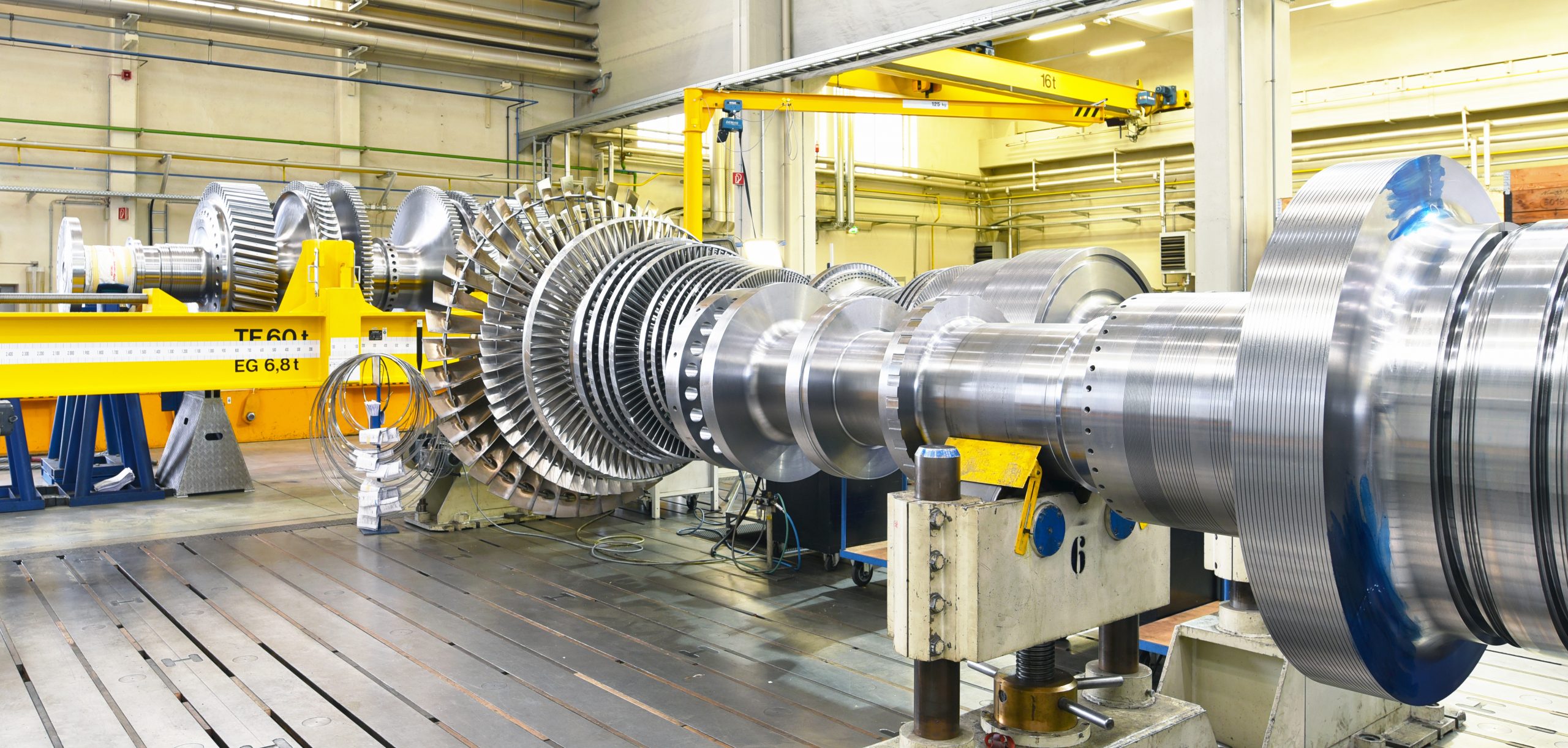
How Traditional Static Balancing Falls Short in Real-World Driving
Static balancing, also known as traditional balancing, is a more straightforward method that addresses vertical imbalance in a tire or wheel when it’s not rotating. This process can be effective for specific low-speed applications, but it lacks the depth needed to fully correct issues in vehicles traveling at highway speeds or carrying heavy loads. Because it doesn’t simulate rotational forces or account for lateral movement, static balancing can leave behind subtle imbalances that become more noticeable over time.
In our work with drivers across Grand Rapids, we frequently see vehicles that have undergone static balancing but still experience steering wheel shake, irregular tread wear, or drivetrain vibration. These symptoms are often attributed to undetected lateral imbalances, which can only be corrected by dynamic balancing. Traditional balancing techniques also struggle to handle irregularities caused by uneven tread wear, bent rims, or brake rotor inconsistencies—all of which are common in regions like Michigan, where roads can be unpredictable.
One of the most significant shortcomings of static balancing is its inability to detect variations in centrifugal force that develop at higher speeds. As wheels spin faster, minor differences in weight distribution can cause significant problems. Without the insight provided by dynamic balancing equipment, static methods offer a surface-level solution that may not fully eliminate the root cause of vibration.
We’ve worked with many customers who were frustrated after receiving multiple static balances at various shops, only to find their issues persisted. Once they turned to Dynamic Balancing Technologies for dynamic balancing services, they finally experienced a quiet and stable ride. This is why we continuously emphasize that true vehicle balance requires motion-based analysis and correction—especially in a region like Grand Rapids where road variability challenges every component of your vehicle.
The Dynamic Balancing Services Offered by Dynamic Balancing Technologies in Grand Rapids
At Dynamic Balancing Technologies, we offer a comprehensive range of services tailored to meet the specific balancing needs of Grand Rapids drivers. Our wheel and tire balancing service is one of the most requested, as it directly impacts handling, tire life, and comfort. Using our high-speed balancing machines, we simulate road-speed conditions to detect and correct imbalances with unmatched precision. This ensures that each tire rotates smoothly, resulting in a safer and more efficient driving experience.
Our brake rotor balancing service is another critical offering, especially for drivers who notice pulsation when braking. Unbalanced rotors create uneven stopping power and can warp under heat, compromising safety. We apply advanced balancing techniques to ensure consistent, vibration-free braking, reducing wear on pads and calipers.
We also specialize in driveshaft and axle balancing, which is vital for vehicles with rear-wheel or all-wheel drive systems. When driveshafts are out of balance, they introduce vibration through the entire chassis and can cause damage to the transmission or differential. We correct these issues by carefully measuring mass distribution and performing multi-plane balancing to restore optimal rotation.
Advanced vibration analysis is a cornerstone of our diagnostics service. By attaching sensors to various parts of a vehicle, we gather data on how it behaves under load and at speed. This allows us to identify the exact source of a vibration—whether it’s the wheels, rotors, axles, or even internal engine components. With this insight, we can recommend and apply targeted solutions.
For our fleet and commercial clients, we offer predictive maintenance programs that include regular dynamic balancing checks. These services are customized for businesses that depend on reliable vehicle performance to meet customer expectations and operational deadlines. By scheduling balancing alongside regular maintenance, fleet operators can reduce tire expenses, improve fuel efficiency, and avoid unplanned downtime.
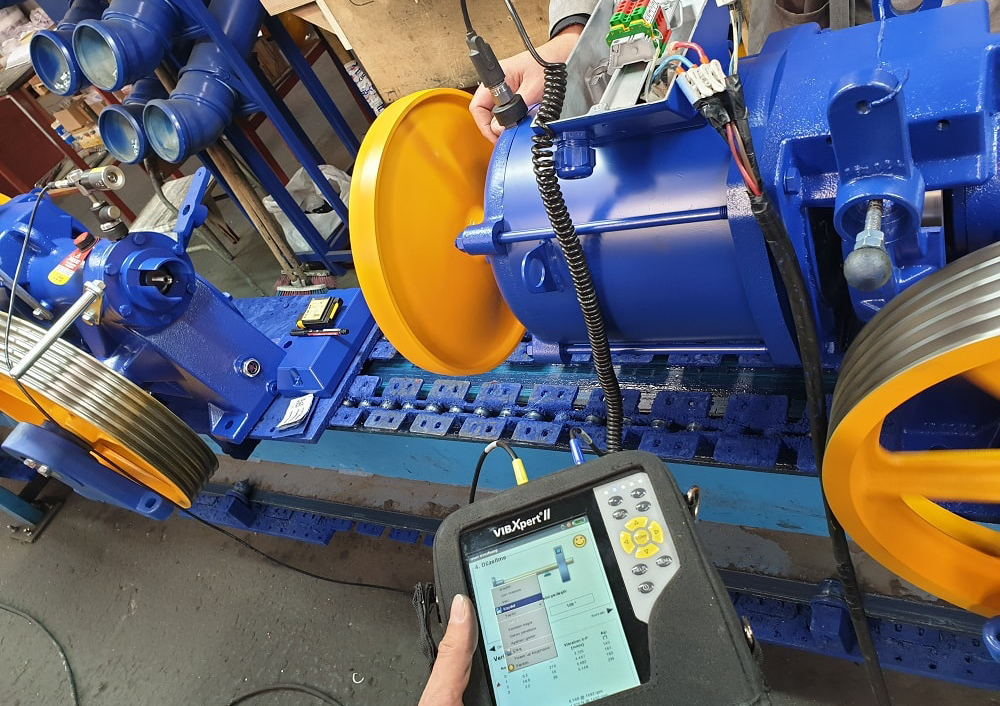
Benefits of Dynamic Balancing Over Traditional Balancing Techniques
Dynamic balancing provides a much deeper level of correction than traditional static balancing. It takes into account how a wheel or rotating component behaves while in motion—factoring in forces that only occur at speed. This precision leads to a host of benefits that improve not just the feel of your ride, but the integrity of your vehicle.
One of the most immediate benefits is smoother ride quality. Dynamic balancing eliminates vibrations that can be felt through the steering wheel, seats, and floor. This makes long trips more comfortable and significantly reduces driver fatigue. It also helps decrease road noise, particularly the hum or thump associated with poorly balanced wheels.
Another key benefit is extended tire life. When tires are properly balanced, they wear evenly, which improves traction, maintains fuel economy, and delays the need for replacement. In addition to protecting tires, dynamic balancing reduces wear on shocks, struts, bushings, and wheel bearings—components that are directly impacted by vibration and imbalance.
We’ve seen firsthand how dynamic balancing helps protect the integrity of a vehicle’s suspension system. Over time, uncorrected imbalances can lead to metal fatigue, cracked bushings, or bent control arms. These types of repairs are not only costly, but they can also lead to hazardous driving conditions if left unaddressed.
Modern vehicles, especially those with low-profile tires or performance suspensions, require more than what traditional balancing methods can offer. These cars respond to even the most minor imbalances, making dynamic correction essential. At Dynamic Balancing Technologies, we ensure that every component is precisely tuned to perform under the demands of today’s vehicles and Grand Rapids’ ever-changing roads.
Why Grand Rapids Drivers and Fleet Operators Choose Dynamic Balancing Technologies
With decades of combined experience and a deep understanding of vehicle mechanics, we’ve built a reputation across Grand Rapids as a trusted provider of precision dynamic balancing. Our clients rely on us because we deliver results that static shops can’t. We utilize state-of-the-art equipment to ensure every rotation is true and vibration-free, regardless of the size or type of vehicle.
What sets us apart is our customer-focused approach. We take the time to educate vehicle owners about the importance of balance, walk them through our findings, and explain our process step by step. Whether you’re a single-vehicle driver or managing a 30-vehicle fleet, we adapt our service to fit your needs.
We also offer mobile balancing services for fleet clients and commercial vehicles, reducing the need for time-consuming shop visits. This flexibility enables businesses to continue operations uninterrupted, while still receiving expert service from trained technicians. Our on-site teams are equipped to handle everything from tire and wheel balancing to complete vibration diagnostics.
Clients choose us not only for our technology but also for our integrity. We provide clear, data-backed reports after every service so you know exactly what was done and why. This level of transparency fosters trust and enables our clients to feel confident in their vehicle’s performance.
FAQ – Comparing Dynamic and Traditional Balancing for Your Vehicle
What is the biggest difference between static and dynamic balancing?
Static balancing corrects imbalance in a single plane and doesn’t account for lateral forces. Dynamic balancing simulates motion and addresses both vertical and lateral imbalance, resulting in more accurate and lasting results.
Is dynamic balancing worth the extra cost?
Absolutely. While it may cost slightly more upfront, it prevents future problems like premature tire wear, suspension damage, and uncomfortable vibrations—saving you money long-term.
Can I feel the difference while driving?
Yes. Drivers often report smoother rides, quieter cabins, and improved steering response after dynamic balancing. The difference is especially noticeable at highway speeds.
Do performance vehicles require dynamic balancing?
Yes. Performance and luxury vehicles are more sensitive to imbalance due to tighter tolerances and lower-profile tires. Dynamic balancing ensures these vehicles perform as designed.
How often should I get my wheels dynamically balanced?
We recommend balancing every 5,000 to 7,000 miles, or whenever you install new tires, experience vibration, or hit a large pothole. Fleet vehicles may need more frequent checks based on usage.
Conclusion: Choose Smarter Maintenance: Why Dynamic Balancing Is the Future of Vehicle Performance in Grand Rapids
At Dynamic Balancing Technologies, we’ve helped hundreds of drivers and business owners in Grand Rapids unlock the full potential of their vehicles through advanced dynamic balancing. We believe in smarter maintenance, where precision diagnostics, motion-based corrections, and preventative strategies lead to longer-lasting components, smoother rides, and safer roads.
Traditional balancing simply can’t meet the demands of today’s vehicles or Michigan’s challenging road conditions. That’s why we’ve invested in cutting-edge tools and industry-leading expertise to offer a better alternative. Whether you drive a sedan, operate a fleet of work trucks, or own a performance vehicle, our dynamic balancing services provide unmatched value, safety, and peace of mind. We invite you to experience the difference dynamic balancing can make. Schedule your appointment with Dynamic Balancing Technologies and let us help you drive confidently through every mile Grand Rapids throws your way.
